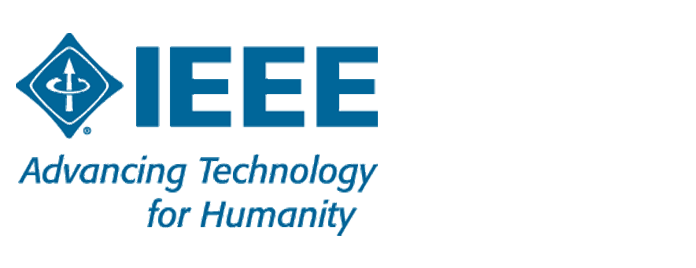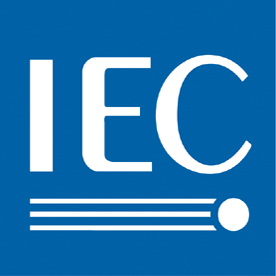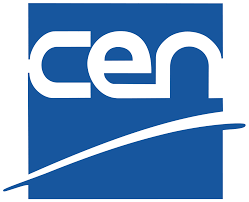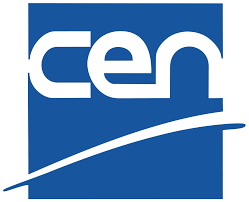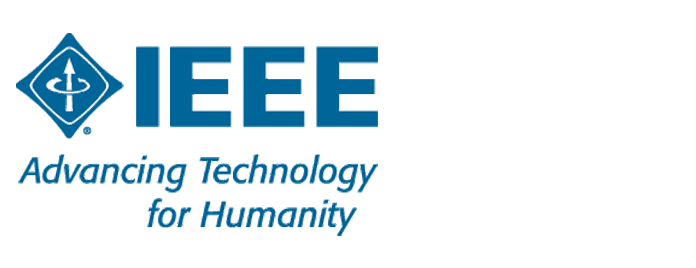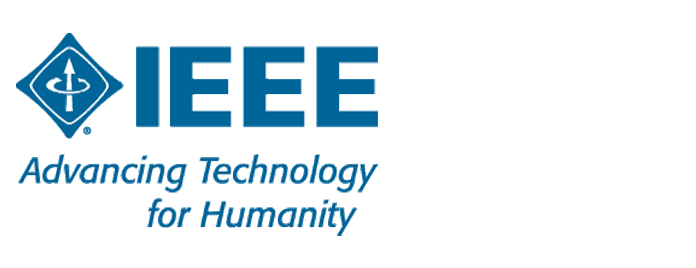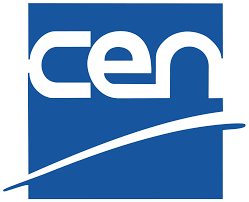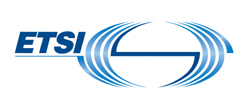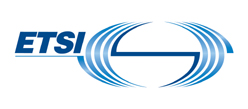IEEE P11073-10107 - Standard for Nomenclature for External Control of Medical Devices
The base IEEE 11073-10101 nomenclature is extended by this standard to provide definitions of commands for external control. It is designed to be used in conjunction with IEEE 11073 standards, including ISO/IEEE 11073-10207, ISO/IEEE 11073-10201 and ISO/IEEE 11073-20601, and may be used with other standards or independently. The main areas addressed by this standard include commands to modify the characteristics and behavior of point-of-care (PoC) medical devices, such as modes of operation, contextual information, and settings
